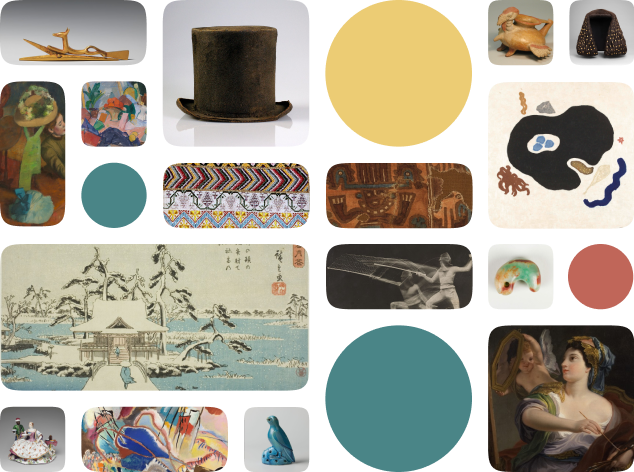Plaque - Hariti and Child
Creator Name
Cultural Context
Date
Source
Work details
"--" = no data available
Title
Creator
Worktype
Cultural Context
Material
Dimensions
Technique
--
Language
--
Date
Provenance
Style Period
--
Rights
Inscription
--
Location
Source
Subjects
Topic
--
Related Content
All Works in Curationist’s archives can be reproduced and used freely. How to attribute this Work:
Unknown, Plaque - Hariti and Child, circa 1800. Brooklyn Museum. In this small terracotta plaque of the goddess, Hariti, she holds a child in her left arm and lifts her foot to pull a thorn from it, a pose common in 18th and 19th century Indian art. Creative Commons Attribution.
Help us improve this content!
Let our archivists know if you have something to add.
Save this work.
Start an account to add this work to your personal curated collection.
